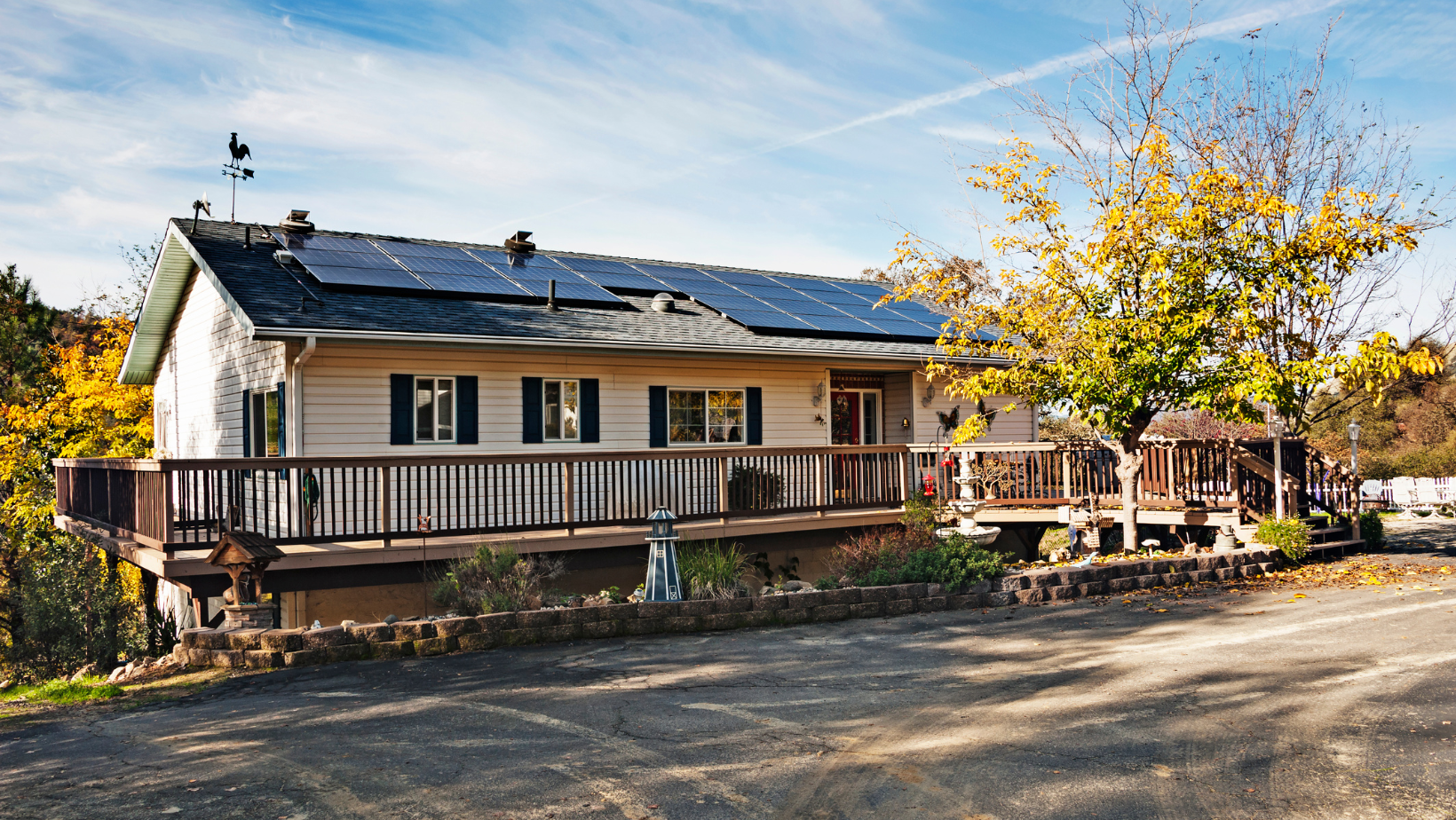With Australia’s abundant sunshine, it’s no surprise that more households are switching to solar power to reduce energy bills and carbon footprints. But what if your home has some shade from trees, buildings, or other obstructions? Will solar panels work in the shade?
The short answer is yes but with reduced efficiency. While solar panels generate the most electricity in direct sunlight, they can still produce power under partial shading. However, the extent of power loss depends on several factors, including the type of solar technology you use.
In this guide, we’ll explore how shading affects solar panel performance in Australia’s unique climate, ways to minimise energy loss, and whether solar is still a worthwhile investment if your home doesn’t get full sun all day.
How Do Solar Panels Work?
Before understanding the impact of shading, let’s first look at how solar panels generate electricity.
Each solar panel consists of photovoltaic (PV) Cells that absorbs sunlight and convert it into direct current (DC) electricity. This DC power is intransformed into alternating current (AC) electricity by an inverter, making it suitable for household use.
The more sunlight that reaches the panels, the more electricity they produce. Naturally, shade can limit energy generation, but modern solar technology can help reduce efficiency losses.
Will Solar Panels Work in the Shade?
Yes, solar panels can still generate electricity in shaded conditions, but their output depends on:
✅ The extent of shading – Light shading (e.g. passing clouds) has minimal impact, while dense shade (e.g. from buildings) can significantly reduce power generation.
✅ The duration of shading – If your panels are shaded only in the morning or afternoon, they will still generate substantial energy during peak sunlight hours.
✅ The type of solar panel technology used – Certain panels and inverters are designed to handle shading more effectively.
How Much Does Shade Affect Solar Panel Efficiency?
The effect of shading on solar panel efficiency varies depending on how the panels are wired and what type of inverter system is used. Here’s a general estimate of power loss due to shading:
- Light shading (e.g. thin tree branches, occasional clouds): 5–10% energy loss.
- Moderate shading (e.g. partial obstruction from nearby trees or structures): 20–40% energy loss.
- Heavy shading (e.g. large buildings or dense tree cover over multiple panels): 50% or more energy loss.
In traditional string inverter systems, shading on one panel can impact the entire system, significantly reducing overall efficiency. However, modern solutions like microinverters and power optimisers can minimise these losses.
How to Minimise Shading Impact on Solar Panels in Australia
If your home experiences partial shading, several ways exist to optimise solar performance and ensure you still get the most out of your system.
1. Choose the Right Solar Panel Technology
Some solar panels and inverters handle shading better than others. Here are the best options:
✔ Microinverters – Unlike traditional string inverters, microinverters are installed on each individual panel. This means shading on one panel won’t affect the rest of the system.
✔ Power Optimisers – These work with a central inverter to boost the performance of partially shaded panels.
✔ Bypass Diodes – High-quality solar panels come with built-in bypass diodes, allowing electricity to flow around shaded cells instead of through them, reducing power loss.
2. Install Panels in the Best Sunlit Location
During installation, your solar provider will assess your property and recommend optimal panel placement. This may involve:
- Panels should be placed on different sections of the roof to avoid shade-prone areas.
- Adjusting the tilt angle to capture maximum sunlight exposure.
- Spacing panels apart to reduce shadow overlap.
3. Trim Trees and Remove Obstructions
If nearby trees cause shading, trimming back branches can increase solar exposure and improve efficiency. Similarly, repositioning TV antennas or satellite dishes that cast shadows can also help.
4. Use a Solar Battery to Store Excess Energy
If your solar panels experience shading during part of the day, a solar battery can store excess energy produced during peak sunlight hours. This stored power can be used when shading reduces energy production. Learn more about solar battery storage from the Clean Energy Council.
5. Install More Solar Panels
If shading is unavoidable, installing extra solar panels can help compensate for energy loss. This ensures your system still produces enough power to meet household needs.
Common Causes of Shading for Australian Homes
Trees and Overhanging Branches
In leafy suburbs, trees can cast shade on rooftops, especially in winter when the sun is lower in the sky.
Tall Buildings and Structures
High-rise apartments and commercial buildings can block sunlight, particularly in urban areas like Sydney, Melbourne, and Brisbane.
Chimneys, Antennas, and Roof Features
Solar panels should be placed away from obstructions like chimneys, skylights, and satellite dishes to prevent shading
Seasonal Shading
Australia’s sun angles change with the seasons. A roof that gets full sun in summer may receive more shade in winter, so placement should consider year-round solar exposure.
Is Solar Still Worth It If My Roof is Partially Shaded?
Even if your home experiences some shading, a solar system can still provide significant savings with the right setup. Here’s why solar is still a smart investment in Australia:
✔ Reduced Electricity Bills – Even with some shading, solar panels will still generate power, cutting down your energy costs.
✔ Government Rebates & Incentives – The Australian Government offers solar incentives via the Small-Scale Renewable Energy Scheme (SRES), helping reduce upfront installation costs. Learn more from Energy.gov.au.
✔ Feed-in Tariffs – Any excess solar energy you generate can be sent back to the grid, provding you credit on your electricity bill.
✔ Increased Property Value – Homes with solar systems are more attractive to buyers, offering long-term energy savings.
✔ Energy Independence – With solar batteries, you can save energy for use when sunlight is limited, reducing reliance on the grid.
Final Thoughts: Should You Install Solar Panels If Your Home Has Shade?
While solar panels perform best in full sunlight, they can still work in shaded areas with the right technology and system design.
If your home has partial shading, consult a solar professional who can:
✔ Assess your shading impact
✔ Recommend the best panel placement
✔ Suggest shading-resistant technology
Ready to switch to solar?
Visit the Clean Energy Regulator to explore solar incentives and rebates available in Australia.


